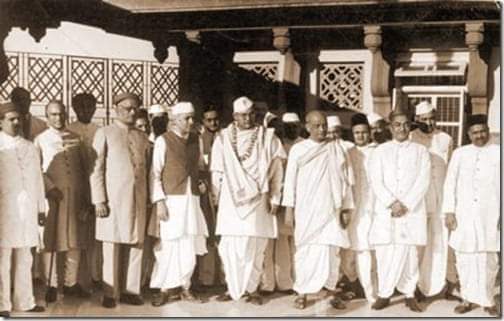
Did you know?
Bhaskaracharya's daughter Lilavati was one of the first eminent women mathematicians of India.
Bhaskaracharya was one of the best mathematicians on the face of earth. He had profound knowledge in the field of mathematics and astrology.
Bhaskaracharya's daughter Lilavati was one of the first eminent women mathematicians of India.
Bhaskaracharya was one of the best mathematicians on the face of earth. He had profound knowledge in the field of mathematics and astrology.

He lived with his wife on the banks of a beautiful lotus pond somewhere in South India, in a region which is believed to be to the South of Bombay (now Mumbai). Bhaskara's wife delivered a baby girl who came to be known as Lilavati. Lilavati was a very beautiful child.
She was both intelligent and good looking which was a rare combination.
Bhaskara was apprehensive about his daughter's inquisitiveness and curiosity. The little girl asked her father many questions and gained a lot of knowledge this way.
Bhaskara was apprehensive about his daughter's inquisitiveness and curiosity. The little girl asked her father many questions and gained a lot of knowledge this way.

As she grew up, Bhaskara decided to get Lilavati married. In the process, Bhaskara perused Lilavati's horoscope. He was shocked when he found out that Lilavati would not have a happy married life if she did not get married at a particular auspicious time.
He did not tell Lilavati about this, as he despised hurting his daughter. He made all arrangements to make sure that Lilavati would get married at the auspicious time. 

In order to make sure that he did not miss this particular time, he kept a cup with a small hole at the bottom of a vessel filled with water, arranged so that the cup would sink at the beginning of the destined auspicious hour. He forewarned Lilavati not to go near the vessel.
When Bhaskara was not around, Lilavati, could not hold her curiosity and went to see what her father had devised.
When Lilavati went close to the device, she bent forward to get a closer look. A little pearl from her nose ring fell into the water.
When Lilavati went close to the device, she bent forward to get a closer look. A little pearl from her nose ring fell into the water.

She rushed back in a hurry so that her father would not find out what she was up to.
The little pearl that fell into the water upset the calculations made by Bhaskara and the wedding took place, but not at the auspicious hour.
The little pearl that fell into the water upset the calculations made by Bhaskara and the wedding took place, but not at the auspicious hour.
As destined, Lilavati's husband died a few days after the marriage. Bhaskara brought back his widowed daughter to his residence.
Lilavati's face had lost its initial charm. She seemed disinterested in the normal day to day activities.
Lilavati's face had lost its initial charm. She seemed disinterested in the normal day to day activities.

She sat by the pond looking into nothingness and wept. She remained silent most of the time. Bhaskara found it very difficult to see these changes in his beautiful daughter.
He thought of a way to get her out of her depressed state.
He thought of a way to get her out of her depressed state.
He posed arithmetic problems at Lilavati about the things around her and asked her to find solutions to the problems. Lilavati, the brilliant girl that she was, solved all the problems posed to her. 

Lilavati's mind which was busy in solving the mathematical problems posed by her father, never again got depressed. It is believed that the problems posed to Lilavati form the major portion of Bhaskara's treatise which is named after Lilavati.
It is believed that Lilavati was given and could solve complex problems which are now resolved using the Pythogoras theorem. Thus, Lilavati became one of the first eminent women mathematicians in India.
🙏
🙏
• • •
Missing some Tweet in this thread? You can try to
force a refresh






























